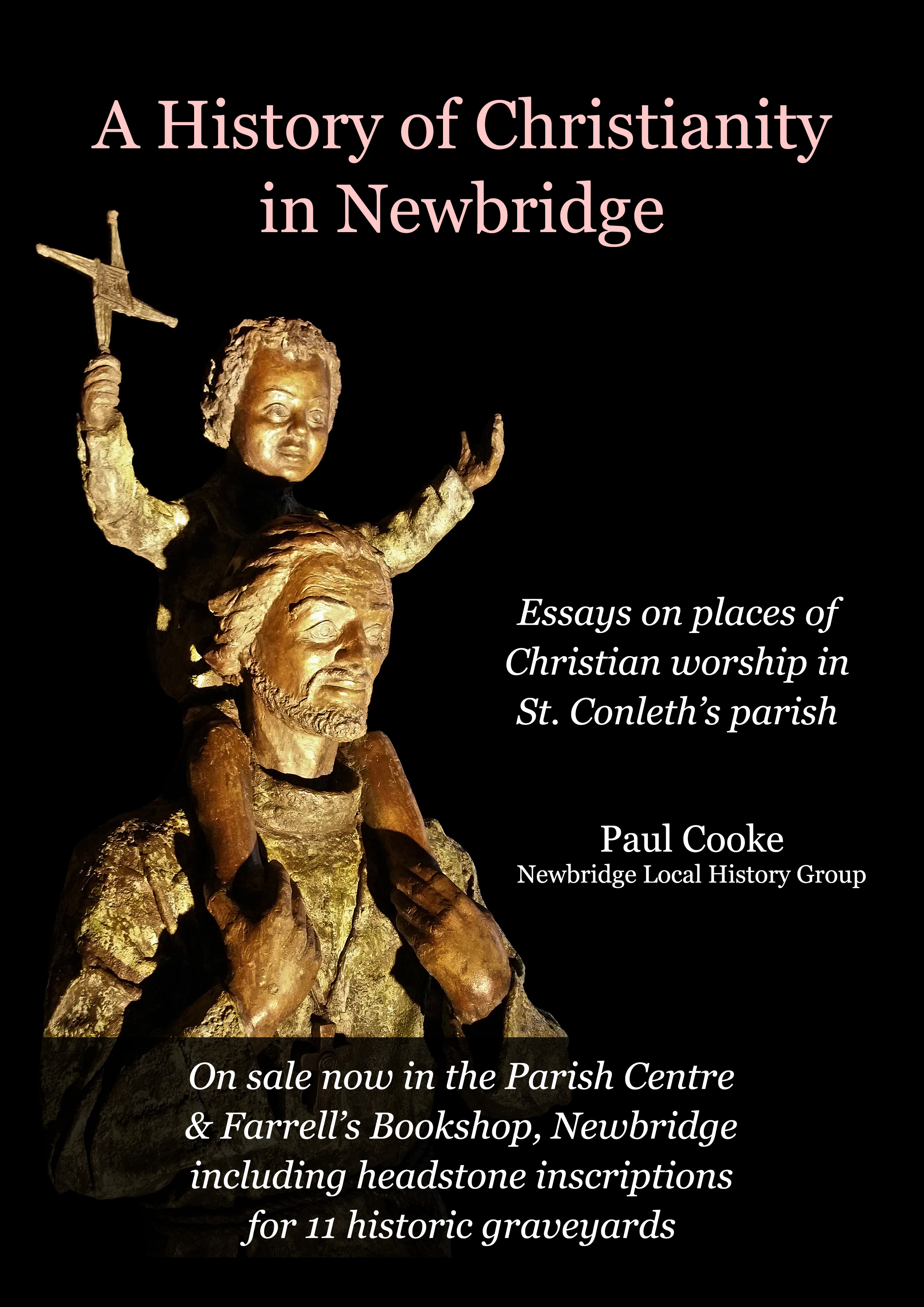About The Town
Beginning of the modern town
The earliest known mention of Newbridge was by traveller and bookseller John Dunton in 1698, though he does not refer to any settlement other than at Ballymany. A mass house (Roman Catholic Chapel) was built beside the bridge about 1730 and an Inn, called New Bridge Inn, was in existence in 1750. The first bridge was destroyed by floods in 1789 and William Chapman, engineer on the Grand Canal extension to Naas, was employed to rebuild it the following year.
He moved the site from the 'Watering Gates' to its present location and redirected the high road from Buckley's Cross (Wyeth Roundabout) to the new bridge, and continuing on the route of today's Main Street and Edward Street to the turnpike at Gandogue Lane (near Finlay's Garage). The old high road continued in use to serve the village and mass house, which was demolished in 1852 upon the opening of the new church (St Conleth's).
The origin of the modern town lies in the establishment of Cavalry Barracks (1815-1819) on land purchased from 3 local landlords: Eyre Powell of Great Connell, Ponsonby Moore of Moorefield and William Hannon of Kilbelin. This barracks originally extended from the River Liffey to Cutlery Road, and from Main Street to Military Road, however little of the barracks remains today except the old walls and gateways which can be found on the Athgarvan Road, and to a lesser degree on Cutlery Road. The "Watering Gates" located at the entrance to the Town Park was also constructed as part of the original Barrack building. At the same time Eyre Powell gave land north of the new high road for building houses and shops to serve the new Barracks. Main Street took shape at the same time as the Barracks were being built. From 1819 various Cavalry Regiments were stationed in Newbridge and it became a thriving business town.
Newbridge expanded rapidly after the Curragh Camp was established in 1855. Eyre Street (named after the local landlord) and Edward Street (named after Prince Edward, later King Edward VII, who was stationed on the Curragh at the time) were built in the years 1855 - 1861. The new railway opened in 1846 and churches were built at Rosberry Common (1819 - St. Eustace', Dominican), at Moorefield (1828 - St Patrick's, Church of Ireland) and at Chapel Lane (1852 - St Conleth's, Roman Catholic) to cater for the increasing population. A National School was opened on the Railway Road in 1844 (now the Parish Office) and a boarding school at the Dominican Friary in 1852. The town continued to prosper until the withdrawal of the British Army in May 1922 on the establishment of the Free State.
This caused a period of decline and adjustment until the establishment of important new industries : Irish Ropes (1933), Curragh Tintawn (1933), Newbridge Cutlery (1934), Bord na Mona (1946) and more recently, Polaroid (1978), Pfizer (1992), Oral B(1983) etc.
Since the 1960s, Newbridge has become a significant commercial and retail focal point in County Kildare.
There has been extensive residential development (the population now stands at over 20,000) and it has become an important business centre and a busy shopping and commuter town.


